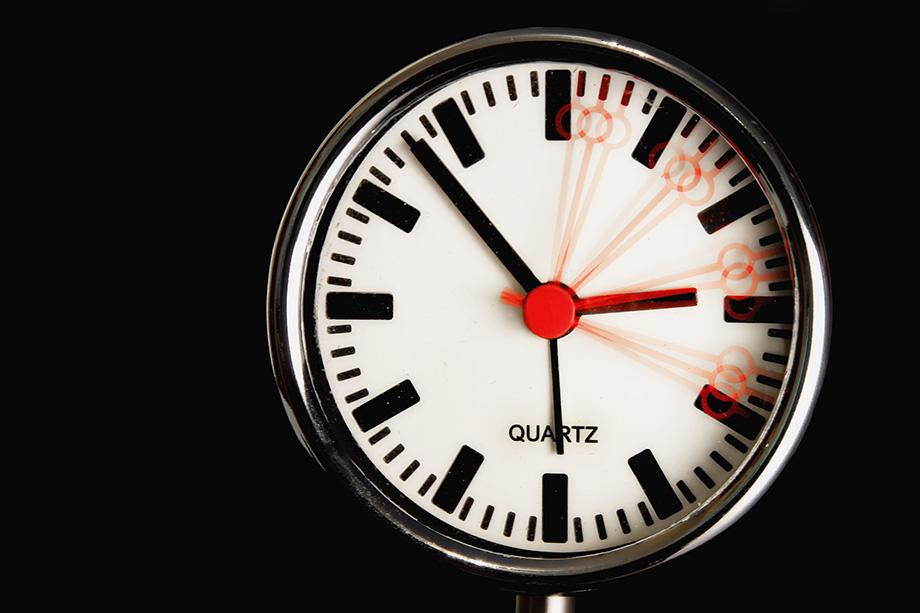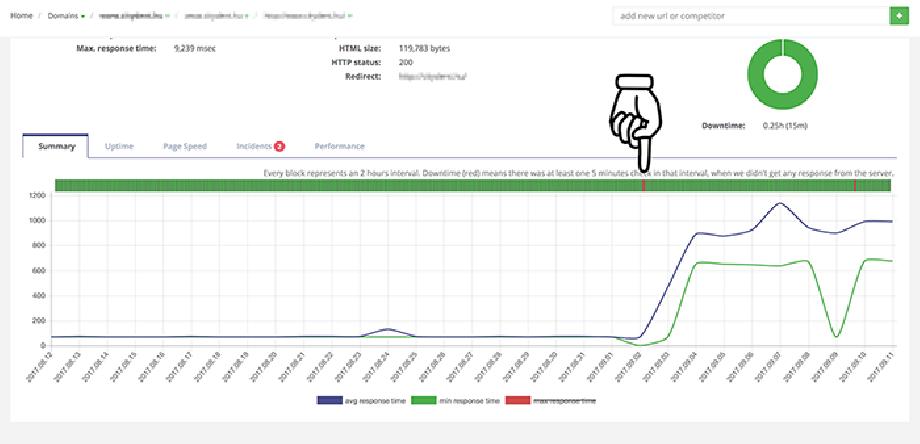Let’s talk about secs

Introduction
As the adage goes, “Sex is like pizza. Even when it’s bad it’s still good.” The same cannot be said for the amount of ‘secs’ people have to wait for a webpage to load. If a webpage takes too many seconds to load, people will leave… it doesn’t even matter if the website is to order a pizza from. Your visitor will take their custom to another pizza delivery place, clothing shop, gift shop, insurance company, lighting store, jewelry shop, massage parlour, restaurant, grocery store...
Reality versus great expectations
The faster the website loads the higher the conversion rate. This reality is as clear as gravity pushing things downward. Load time is really important and it should be constantly monitored. Your prospective customers will leave fast and look someplace else rather than wait for your site to load. About half of consumers want a webpage to load in two seconds or less. In fact if your site has already been suffering from slowdowns then it’s likely that no new prospects even arrived there. Google rankings ARE based on site performance.
And page two on Google search results is almost a No Man’s Land. Google might crawl your site slower if you have a slow site. That’s very bad news. John Mueller is a Webmaster Trends Analyst at Google. In response to an organization that was dissatisfied with their site’s Google search ranking, John replied: “We’re seeing an extremely high response-time for requests made to your site (at times, over 2 seconds to fetch a single URL). This has resulted in us severely limiting the number of URLs we’ll crawl from your site.”
A case in point
Below is a screenshot taken from the dashboard of website uptime and performance monitoring tool, WebyMon.

This is a real company’s website (which of course shall remain nameless) that moved its website from one hosting provider to another. It’s a snapshot in time. Everything left of the pointing hand is before the move - everything right of the hand is after the move. The blue line is the webpage’s average response time and the green line is the webpage’s minimum response time. As can be clearly seen the lines become far less stable at the time of the move, because the response times increase dramatically. For example the average response time on September 7, 2017 was a whopping 1138 milliseconds (1.2 seconds). Compare this to the greatest length of response time during the previous hosting period, which was less than one-sixth of that!
I feel the need... the need for speed!
It’s all about secs! Are you measuring up? It’s clear that the HTTP requests to your website server have to move fast to keep your finances and business reputation alive. What can you do to ensure that your website is the best it can be when it comes to speed?
- Why is your website slow...
- Check that your HTML code is not heavier than it needs to be
- Speeding up a template-based website
Also, is your hosting provider / server doing the best job it can? Are your competitors killing your chances to make more business and maintain the customer base you have now? Sign up today and start monitoring the situation. Information isn’t just power. Information is everything! Stay constantly informed. Stay ahead.
